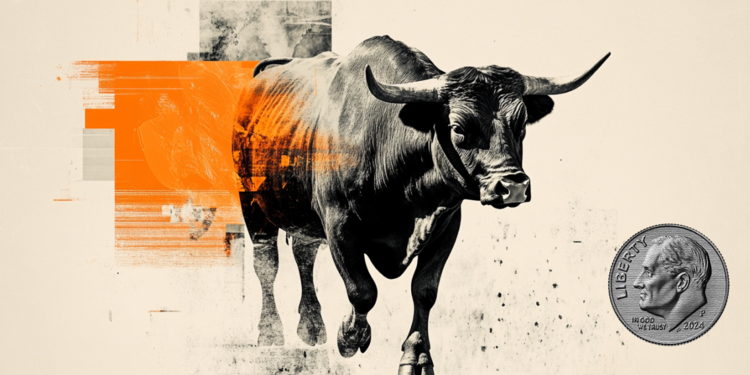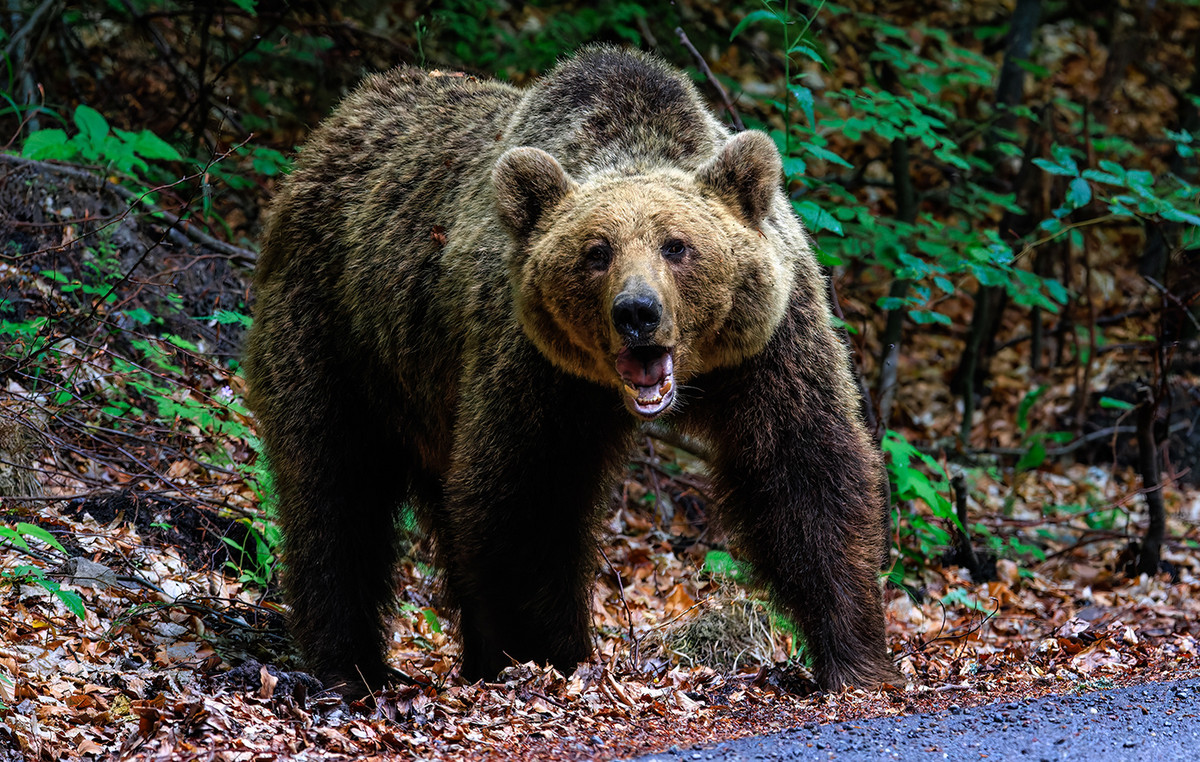The 12 schools that make up the Rio de Janeiro Carnival Special Group have already defined their plots for next year. Themes range from hauntings to stories about the meeting of waters in Pará and a tribute to Milton Nascimento.
In the 2024 Carnival, Unidos do Viradouro became champion with maximum points with the plot “Arroboboi, Dangbé”, by carnival artist Tarcisio Zanon and plot artist João Gustavo Melo. Champion of 2023, Imperatriz Leopoldinense took second place with the plot “Com a Sorte Virada Pra Lua, Segundo o Testament da Cigana Esmeralda”, by Leandro Vieira.
The 2025 parade will be notable for being the first time that the Special Group will be divided into three nights of parades. Until 1983, processions were only held on Sundays. From 1984 to 2024, they also took place on Carnival Monday. Starting next year, Tuesday will be one of the parade nights for Rio's Carnival elite.
Check it out below the plots of all schools in the Rio Special Group for 2025:
United of Father Miguel
Returning to the Special Group, Unidos de Padre Miguel will tell the story of Iyá Nassô and the Terreiro da Casa Branca do Engenho Velho. “Egbé Iya Nassô” will be signed by Lucas Milato, who was already in the association in the west of Rio, and Alexandre Louzada, who arrives at the school to take part in the 2025 parade.
Empress Leopoldinense
Imperatriz Leopoldinense, current runner-up of the Rio carnival, will have the plot “ÓMI TÚTU AO OLÚFON – Fresh water for the Lord of Ifón”. After almost 50 years, the school – also known as Rainha de Ramos – once again addresses Afro-religious themes linked to the mythology of the orixás.
Next year, the Empress intends to tell the story of Oxalá's trip to the kingdom of Oyó to visit Xangô, in an attempt to win her tenth title in the Rio de Janeiro Carnival elite, under the signature of Leandro Vieira.
Unidos do Viradouro
In search of the fourth title, Unidos do Viradouro will take “Malunguinho: O Mensageiro de Três Mundo” to Marquês de Sapucaí to tell the story of the Afro-indigenous entity that manifests itself as Caboclo, Mestre and Exu/Trunqueiro.
Written by Tarcísio Zanon, the plot returns to the first half of the 19th century, in the state of Pernambuco, in northeastern Brazil, where the Catucá quilombo was a focus of resistance and saw its last leader, João Batista, Malunguinho, being harshly persecuted by his libertarian acts.
Mangueira First Station
Mangueira will take “À Flor da Terra – No Rio da Negritude Entre Dores e Paixões” to Marquês de Sapucaí. The parade will be developed by the carnival company Sidnei França.
“Excavating the past, we follow the traces of the lively black presence in the central region of Rio de Janeiro, from the influence of the Bantu people to the current reality of this population. They are bodies devastated by the erasure of their lives, experiences and possibilities”, states the school.
Unidos da Tijuca
With the plot “Logun-Edé: Santo Menino Que Velho Respeita”, the four-time Carnival champion will tell the story of the orixá son of Oxum and Oxóssi represented by the same colors as the school: yellow and blue.
“Our plot will be about Logunedé. A beautiful love story between Oxum and Oxóssi, in which we will present it to all the people of Santo and those who are not from Santo so that they can understand and learn much more about culture and the African diaspora and how much this young boy and holy warrior is respected by his elders”, says the publicity video at the school.
Nilópolis Hummingbird
Beija-Flor will honor Laíla, one of its greatest strongholds. With the signature of João Vitor Araújo and research by Bianca Behrends, Vivian Pereira and Guiherme Niegro, “Laíla de todos os santos, Laíla de todos os Sambas” will start from religiosity and faith in Xangô, will walk through her performance in Carnival in and outside Beija-Flor and will end in a reunion with Joãosinho Trinta on the spiritual plane.
Laíla and the carnival worker worked for many years together at the Nilópolis association and in Salgueiro, where they were promoted.
Salgueiro Academics
In search of the 10th title in Rio's festivities, the red and white group will take “Salgueiro de Corpo Fechado” to Marquês de Sapucaí next year, under the signature of carnival artist Jorge Silveira and plot artist Igor Ricardo.
The idea is to explore human relationships and the search for spiritual protection.
United States of Vila Isabel
“The more I pray, the more haunting appears”, is the plot that Unidos de Vila Isabel will take to Marquês de Sapucaí in the 2025 Carnival.
Developed by carnival artist Paulo Barros, the school will focus on hauntings that are part of the popular imagination, whether in childhood or in adult life.
“Time suspended. Terrified. Chill down your spine. Breath held. The fear of the fantastic, of what torments us. The famous “I saw” or the familiar “they told me…”. The fact is that no one has ever stopped to talk to one… or have they?”, said the official profile of the blue and white girl.
Independent Youth of Father Miguel
From the west zone of Rio de Janeiro, Mocidade will be guided by the theme “Going back to the future, there are no limits to dreaming” next year.
“For the 2025 carnival, Mocidade will go on an intergalactic journey, where it reconnects with its most intense shine, that of a young Star, to question the next steps in a manifesto for the future of humanity”, says the school's statement.
Tuiuti Paradise
Paraíso do Tuiuti will have the story of Xica Manicongo, considered the first transvestite in Brazil, as the plot for its parade in the 2025 Carnival.
Xica was brought from the Congo to be enslaved in Salvador in the 16th century and refused to wear clothes linked to the male wardrobe of the time. Documented as a homosexual man, the African woman had her story reread and was classified as a transvestite by black activist Marjorie Marchi. Since then, Manicongo has been embraced by the transvestite and transsexual community as a symbol of resistance.
Grande Rio Academics
Gabriel Haddad and Leonardo Bora signed the parade that will have the plot “Pororocas parawaras: the waters of my charms in the curimbós accounts”. Grande Rio's proposal is based on the song “Quatro Contas”, by Dona Onete, to talk about the enchanted entities that live in the pororocas, where the waters of the river meet the sea.
The school promises to delve into the universe of Carimbó to tell the story of Mariana, Jarina and Herondina, the Beautiful Turks; and Cabocla Jurema, who, as the association wrote in the advertisement, “personifies the forest itself”.
Portela
“Singing will be looking for the path that leads to the sun – A tribute to Milton Nascimento”, written by André Rodrigues and Antônio Gonzaga, it will be the first time that Portela will pay homage to an important character in the history of Brazil who is still alive.
“Our procession leaves Madureira, and it is the road that will make the dream happen!”, says the school.
*With information from Fernanda Pinotti and Caroline Ferreira, from CNN
Source: CNN Brasil
I’m Robert Neff, a professional writer and editor. I specialize in the entertainment section, providing up-to-date coverage on the latest developments in film, television and music. My work has been featured on World Stock Market and other prominent publications.





